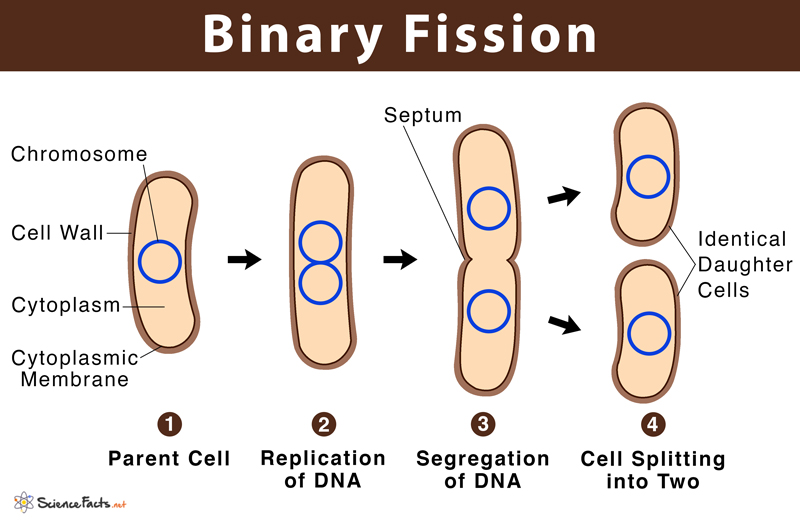

One differential trait between archaea and bacteria is their different lipid membrane composition due to differences in the enzymes that synthesize them. We now know that prokaryotes can also be separated into bacteria and archaea which share many characteristics and come from a common ancestor called LUCA (last universal common ancestor). For many years, different types of cells were distinguished by the presence (eukaryotes) or absence (prokaryotes) of a nucleus. To study the evolution of membranes, the nature optimization of biological properties has to be taken into account. However, the word evolution is not usually related to biomembranes in textbooks, and the origins and evolution of the membrane trafficking system have not been properly addressed. Membranes are essential for cell survival and can provide us with information about the origin of life and other events in cell history (e.g., bioenergetic organelles acquisition or endomembrane system formation). To maintain their structure, membranes also interact with cytoskeleton. Those domains, in turn, conform different structures and exert specific functions, such as the propagation of different cell signals. These interactions allow membranes to create a variety of domains based on the type of lipid components. Membranes are formed by a fluid lipid bilayer which confers exceptional physical properties to the cell and whose lipids interact with proteins by hydrophobic and Coulomb forces. In 1972, the publication by Singer and Nicolson of the fluid mosaic model of the structure of cell membranes encouraged the study of membranes and the role of each of their components. These assemblies are highly dynamic in order to allow maintenance of the integrity and identity of the enclosed structures. Therefore, we explore the therapeutic potential of manipulating membrane lipid composition with approaches like membrane lipid therapy, aiming to normalize cell functions through the modification of membrane lipid bilayers.īiological membranes define cell boundaries and internal organelles in eukaryotes. The correct composition and structure of cell membranes define key pathophysiological aspects of cells. Here, we review current knowledge on membrane lipid composition in the plasma membrane and endomembrane compartments, emphasizing its role in sustaining organelle structure and function. In addition, cells are divided into compartments limited by other membranes whose integrity and homeostasis are finely controlled, and which determine the identity and function of the different organelles. Critical to this function is the plasma membrane compartmentalization in lipid microdomains that control the localization and productive interactions of proteins involved in cell signal propagation. Beyond a pure barrier separating the inner space of the cell from the outer, the plasma membrane is a scaffold and player in cell-to-cell communication and the initiation of intracellular signals among other functions.


Biological membranes are key elements for the maintenance of cell architecture and physiology.


 0 kommentar(er)
0 kommentar(er)
